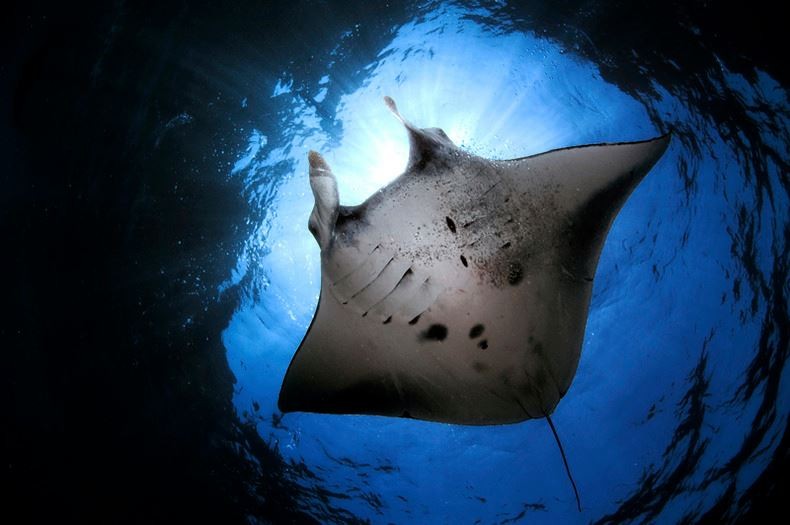Queensland Rays Could Pose Toxic Asian Medicine Risk

Consumers of Asian alternative medicine derived from Australian marine life may be inadvertently consuming toxins, according to research by The University of Queensland.
Dr Kathy Townsend of the School of Biomedical Sciences and UQ's Moreton Bay Research Station said the studies identified the presence of toxic substances in devil and manta rays and traced the trade of the animals across Asia.
"Devil and manta rays are some of the world's most biologically vulnerable fishes, and their dried gill plates have become a valued commodity in alternative medicine markets," Dr Townsend said.
"Vendors recommend gill plates for ailments ranging from acne to cancer, and as a general health tonic, even though it is a new addition to traditional medicine literature and rarely prescribed."
A UQ study published in June 2016 found Guangzhou in China accounted for 99 percent of the estimated trade in devil and manta rays in 2011.
Recent Chinese government policies have resulted in a decline in the trade of gills in mainland China, but Hong Kong experienced dramatic increases between 2011 and 2015.
Dr Townsend said Chinese, Indonesian, Vietnamese, Sri Lankan and Indian waters were most reported as gill plate sources, but larger rays from Australian waters were regarded as a high-end product.
This is despite a 2015 study involving Dr Townsend that reported that a quarter of live devil rays caught near Lady Elliott Island in Queensland displayed lead levels exceeding international food safety standards.
"It could be linked to the large-scale mining activities in Queensland, inland from the Great Barrier Reef," Dr Townsend said.
"Australia is one of the world's largest producers of lead, and lead mining has been identified as a major cause for concern for environmental contamination.
"Other marine organisms in the Great Barrier Reef have been found to be similarly affected by high lead levels, including in the adjacent Townsville harbour."
National Research Centre for Environmental Toxicology (Entox) researcher Cesar Villa, who was involved in the study, said it also measured levels of arsenic, cadmium and mercury.
"In addition to the poaching stress on Australia's protected manta populations, this report highlights a potential pollution threat to these iconic Australian species," he said.
Photo courtesy of Daniel Botelho Photography



